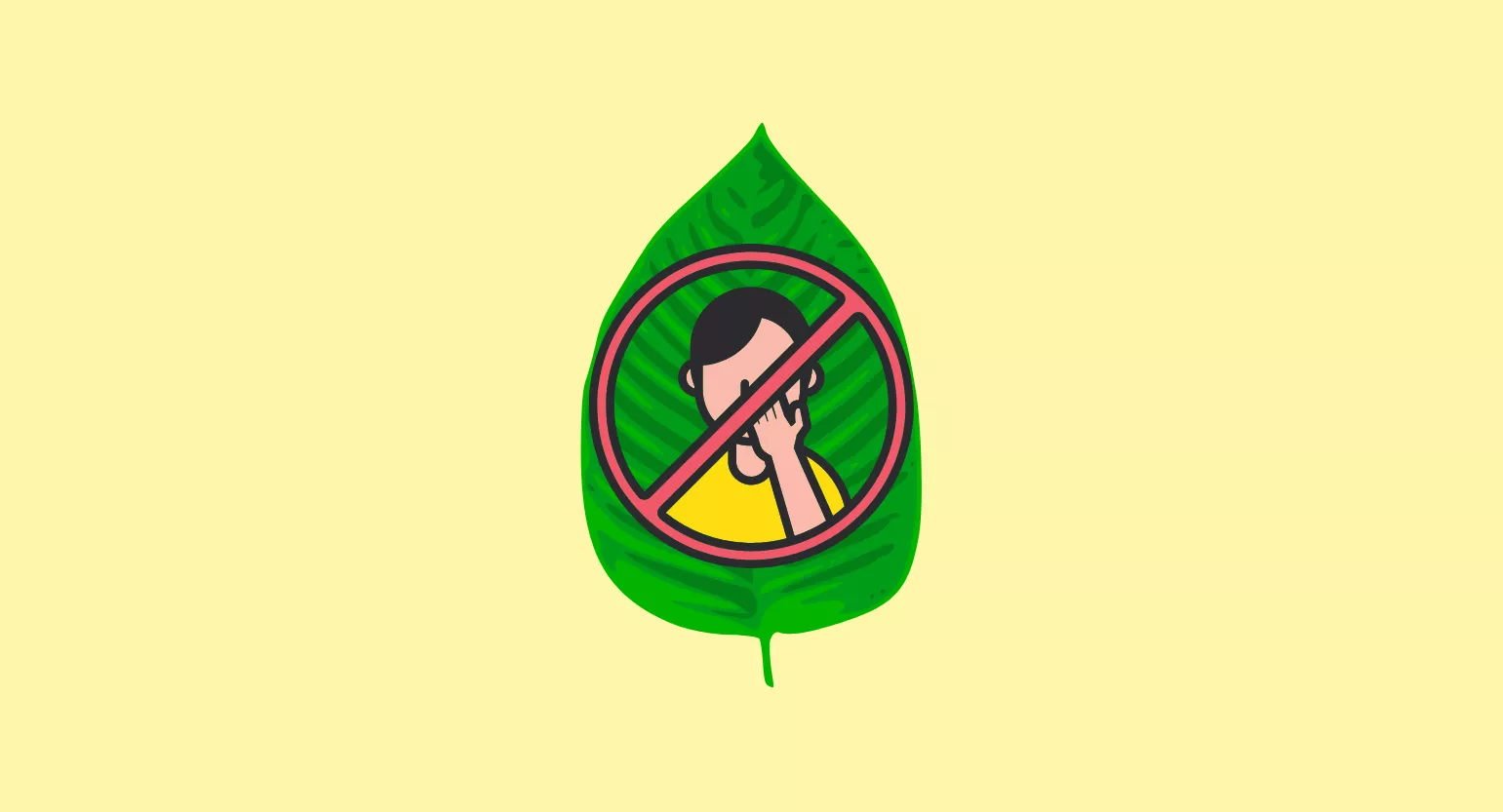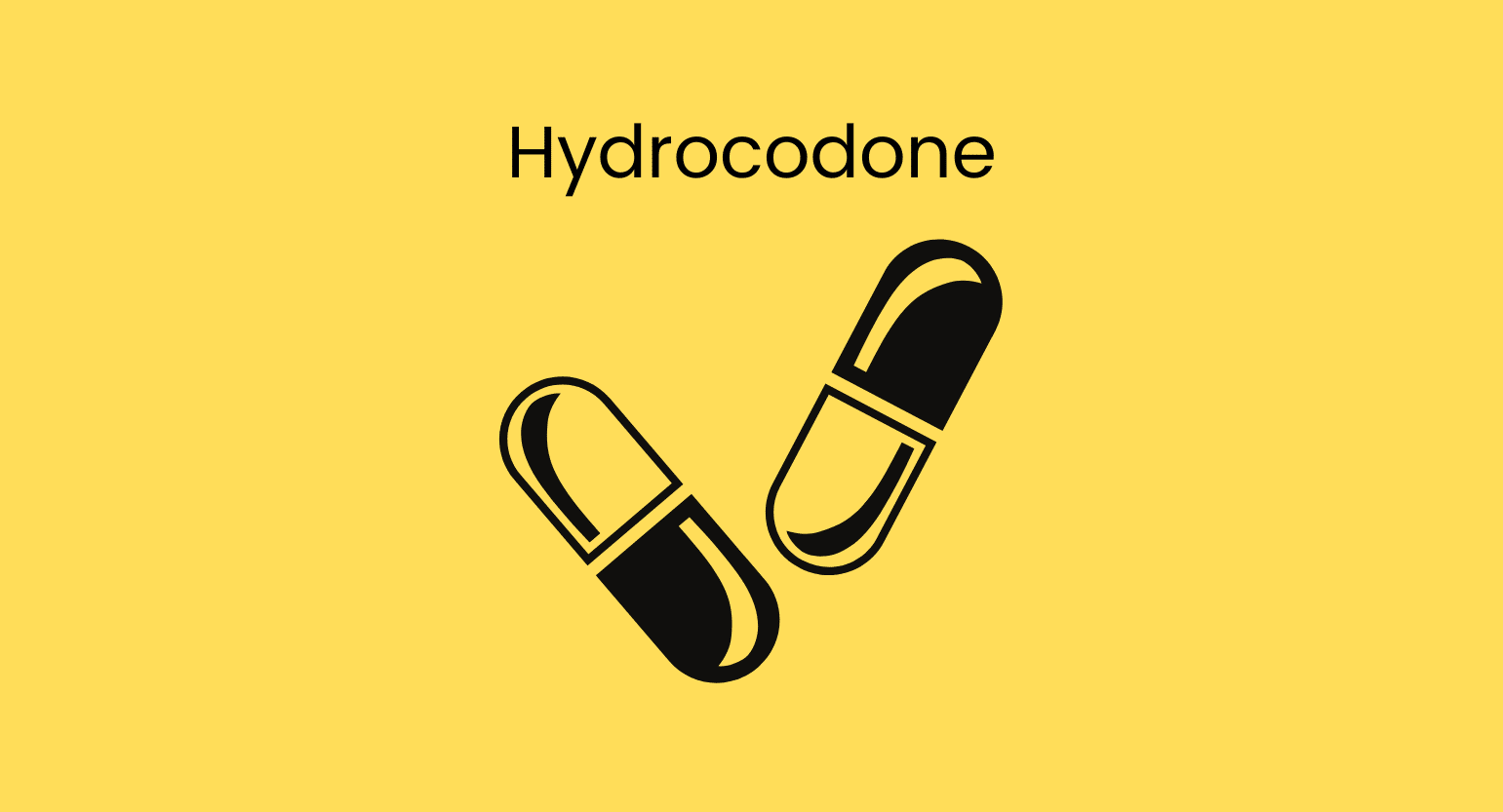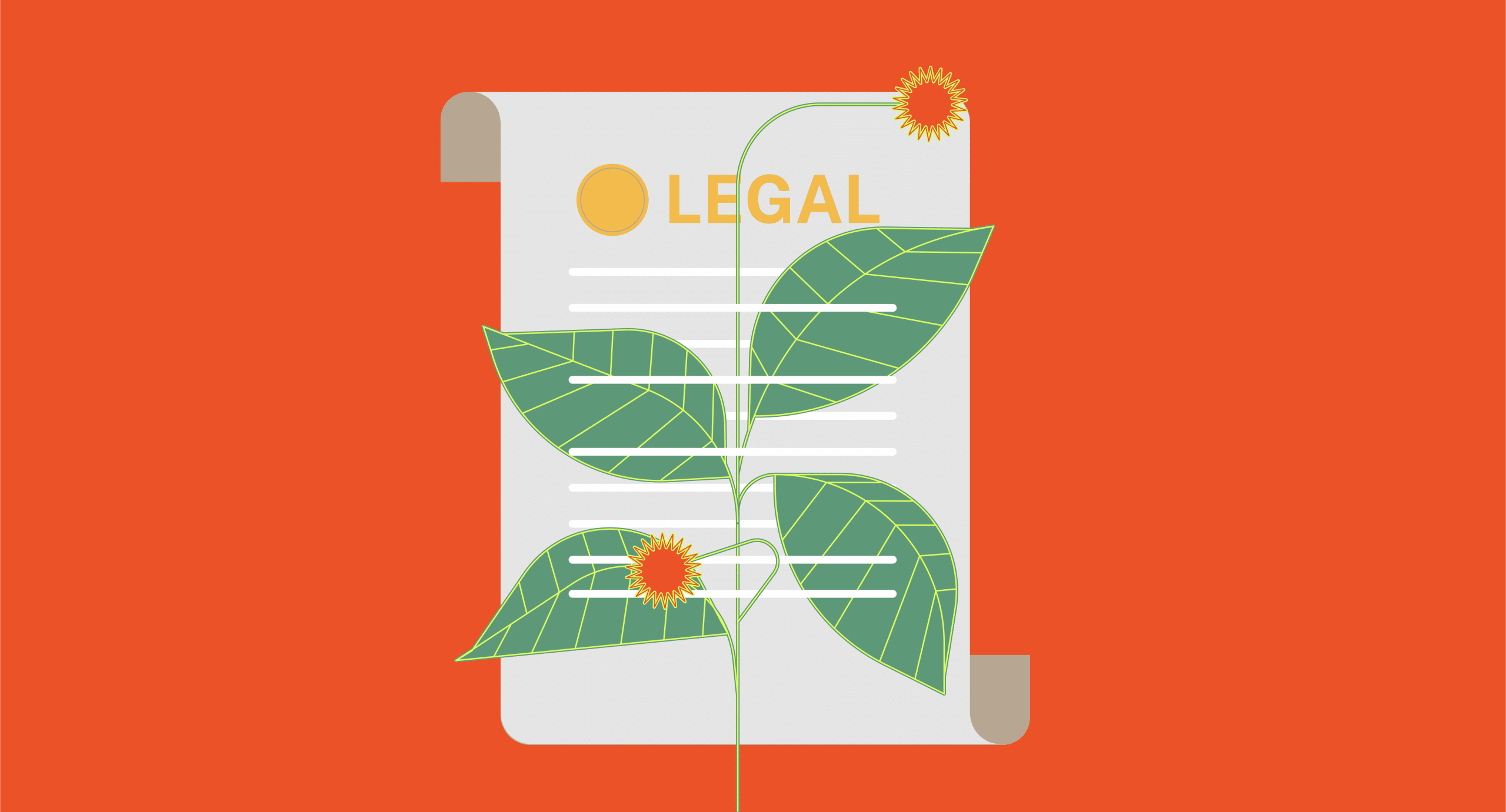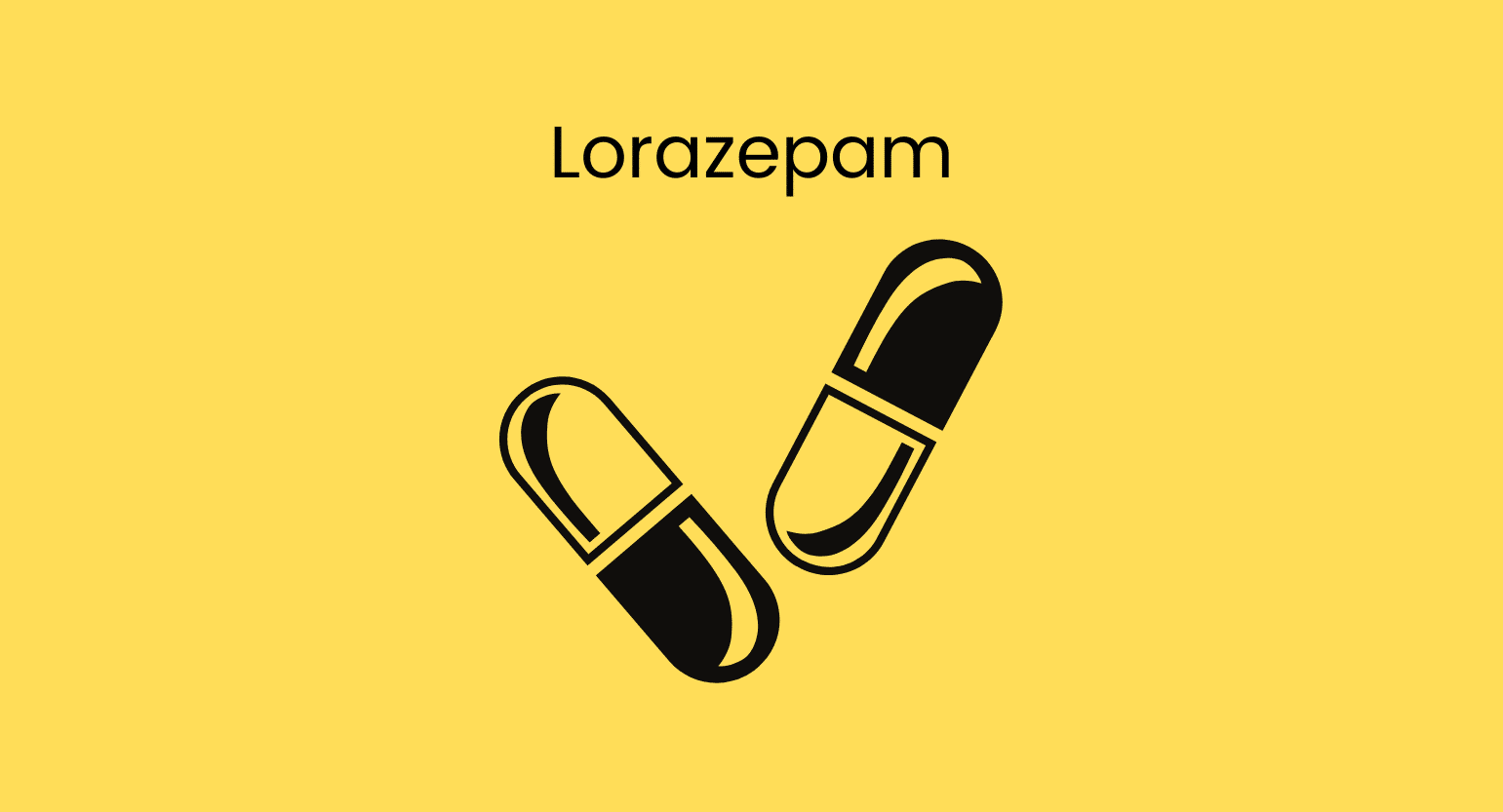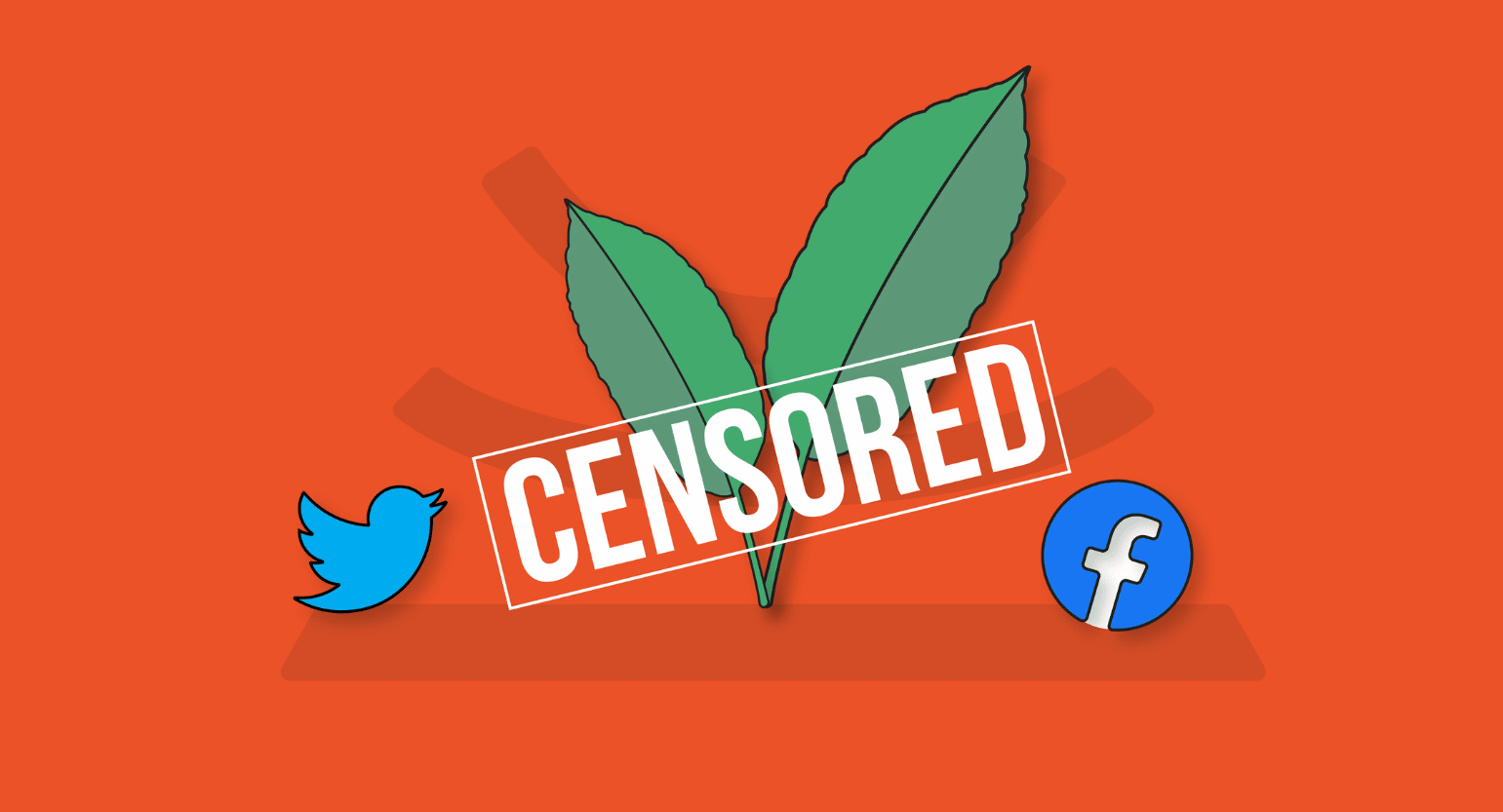10 Celebrities That Died From Painkiller Overdose
Celebrities dying of painkiller overdoses are the visible face of a current opioid crisis rampant in North America and, to a lesser extent, the whole world.
Many people forget that celebrities are human too, and they fall into the same vices as we do. Even the most famous among us have troubles or diseases that need to be dealt with and end up abusing substances.
Many more cases of these deaths go unnoticed but have similar circumstances. People abuse dangerous and addictive substances to fight pain, insomnia, or anxiety.
Here are ten examples of celebrities that passed away due to painkiller overdose, most of which are considered to be accidental.

1. Heath Ledger
Known for his roles in films like “The Dark Knight” and “Brokeback Mountain,” actor Heath Ledger met an untimely death in 2008. Toxicology reports show he had been taking a very high amount of painkillers, mostly oxycodone, hydrocodone, and diazepam.
It was said he had been using these prescription medications to help with sleep and to cope with a hectic schedule. Newspapers also suggested that he was struggling with addiction to other substances.

2. Judy Garland
The teenage actress became famous for her role as Dorothy in “The Wizard of Oz” back in 1939, and after that, she had to keep up with a very tight filming schedule.
Professionals later found out that she was constantly administered stimulants and depressants to keep her from gaining weight.
She became addicted to barbiturates, a type of medication that is not commonly prescribed today but was heavily used back then to treat insomnia and headaches. An accidental overdose on these pills took her life in 1969.

3. Anna Nicole Smith
Former Playboy model and television personality Anna Nicole Smith had been consuming at least nine different medications at the time of her death. She was diagnosed with the stomach flu and decided against admitting to a hospital, allegedly to avoid “the media frenzy.”
After her passing, doctors claimed she was most likely unaware of the potential lethality of combining all her medications. Chloral hydrate, lorazepam, and diazepam were included, among other painkillers and anxiolytics typically used to treat alcohol addiction.

4. Michael Jackson
Known as “the King of Pop,” Michael Jackson was probably the most famous singer and dancer of his generation. He struggled with addiction to painkillers for years because of the demands of his energetic performances.
His death was determined to be caused by the combination of several painkillers and anxiolytics, including propofol, lorazepam, midazolam, and diazepam. It was later ruled a homicide, as his physician administered the lethal amounts of combined medications.

5. Prince
The iconic pop artist was found dead in April 2016 in his house in Minnesota. He had been taking Vicodin, a common medication used to treat moderate to severe pain, for a long time.
His death was ruled an accidental overdose because his pills were laced with fentanyl, another painkiller considered up to 100 times more potent than morphine. Controversy ensued, as it is unclear if the painkillers he was taking were all prescribed by doctors.

6. Tom Petty
Known for his slow rock music and thoughtful lyrics, Tom Petty died at age 66 in 2017. His death was ruled an accidental overdose of several painkillers, including fentanyl and oxycodone.
He had been battling addiction for some time, and oxycodone is known for being used as a recreational substance. However, at the moment of his death, professionals reported that he was only taking pain medications to overcome a fractured hip.

7. Tyler Scaggs
Scaggs was a famous baseball player and made a big career playing for the Los Angeles Angels as a pitcher. He was found dead in his hotel room in 2019, only hours before the start of a scheduled game.
It was reported that his death resulted from mixing oxycodone, fentanyl, and alcohol. His was another unfortunate lethal case of painkillers laced with fentanyl, something that affected over 1000 Californians in the last few years.

8. Elvis Presley
The King of Rock was another unfortunate victim of the abuse of prescription drugs. While his death was officially ruled as a heart attack, it was known that he had been taking several painkillers prescribed by his doctor. Codeine, ethinamate, quaaludes, and Placidyl, were included among them.
He’d been taking these medications in amounts greater than recommended for years. This led him to develop several health conditions, like glaucoma, bowel disease, and heart failure.

9. Brittany Murphy
Once known for her roles in movies like “Clueless,” “Don’t Say a Word,” and many more, the famous actress was found dead in her bathtub days before Christmas of 2009. She had been using over nine different medications, including painkillers Vicoprofen and hydrocodone.
These painkillers are known to be as potent as morphine and just as addictive and can cause heart failure in high doses. Combining these with the other medications she was taking caused her untimely demise.

10. Marilyn Monroe
The famous actress was found dead in her home in Los Angeles in August 1962. She had been consuming, and probably abusing, a wide array of prescribed medications, including morphine, codeine, and Percodan.
Her death was surrounded by controversy and conspiracy theories due to her acquaintance with US President John F. Kennedy. Regardless of the circumstances, it is undeniable that she was not only consuming painkillers but also barbiturates, amphetamines, and alcohol.
What Are Painkillers?
Painkillers are medications designed to alleviate pain. They act on the nervous system by combining with opioid receptors, stimulating them to ignore the pain signals. They can be sold over-the-counter or by prescription, and sometimes a few of them are combined into a single tablet.
While both over-the-counter and prescribed drugs can cause addiction and overdose, it is more common with prescribed medications. These are much more potent and usually consist of opiates, which have a much higher risk of developing tolerance.
Opioids are divided into weak and strong. Despite their name, weak opioids, like codeine and dihydrocodeine, are used to treat chronic pain. Morphine and oxycodone are potent opioids usually administered to people suffering from terminal or severe conditions.
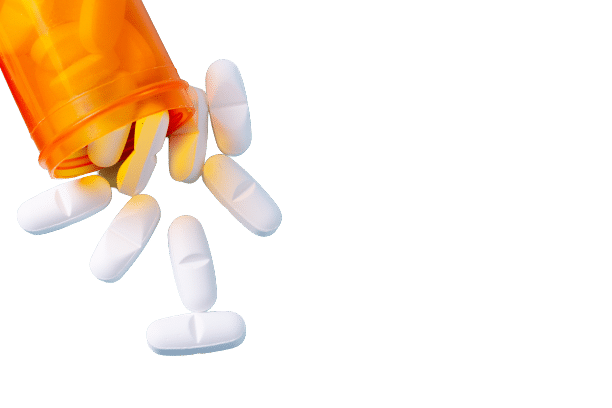
How Does An Overdose on Painkillers Happen?
When painkiller medications act on the opioid receptors in the brain, they usually trigger a reward center, giving a pleasant sensation.
This tends to generate tolerance quickly, and patients constantly increase the doses to keep the pain at bay and to continue receiving the instant reward trigger.
Doctors may not initially notice tolerance and dependence until the patient requires much higher amounts than recommended for the same initial effect. Individuals in pain tend to eventually ignore their doctor’s indications and increase their consumption to alleviate pain.
It’s also usual for patients to mix painkillers with alcohol or other medications, unaware that the interactions between substances are more likely to provoke an overdose.
What Are the Signs of a Painkiller Overdose?
Opioid painkillers reduce the activity in the brain and nerves, which is extended to many bodily functions. Generally, when someone takes too many opioids, you can see a general lack of activity throughout the body.
This means a very low heart rate, slowed breathing, disorientation, muscle weakness, and lethargy. Other symptoms that may appear are cold and pale skin, pinpoint pupils, slurred speech, and nausea.
These symptoms don’t appear simultaneously, but they pile up and increase to a critical state. If untreated, it can lead to respiratory depression, a comatose state, and followed by death.

Is Kratom a Good Alternative to Painkillers?
So far, research suggests that, yes, kratom could make an excellent alternative to painkillers. Here are the five top reasons why.
1. Kratom Is A Potent Painkiller
Kratom is not an opioid, but it contains many alkaloids —and two in particular —that act on opioid receptors. Mitragynine and 7-hydroxymitragynine give kratom most of its potent painkilling abilities [1]. In fact, in some studies, 7-hydroxymitragynine is as strong as morphine [2, 3].
2. Kratom Can Help With Anxiety & Depression
Opiates aren’t prescribed for anxiety and depression, but they’re sometimes used as a way for people to self-medicate. Not always, but the problem is there.
This plant doesn’t act only on opioid receptors; its alkaloids also act on dopamine, serotonin, and GABA receptors [4], giving it the potential to reduce anxiety and help with symptoms of depression [5, 6].
Remember, it’s never a good idea to quit or decrease prescription medications to try it out. Always talk to your doctor first.

3. Kratom Is Less Addictive
Kratom is addictive — it’s one of the most-referenced reasons people fear it. However, kratom addiction is not as severe or as dangerous as opioid addiction, and it’s more difficult to develop a dependence [7]. As long as users take breaks from it and use as little as possible, addiction should not develop.
4. Kratom Is Unlikely to Cause An Overdose
Overdosing on kratom has been proven to be practically impossible unless it’s intentional. Cases of OD or deaths involving kratom happen when it’s combined with other substances. Furthermore, the amount required for a kratom overdose is far greater than any traditional painkiller.
The amount of kratom it would take to OD would make most people throw up, preventing an overdose.
5. Kratom Has Fewer Side Effects
Most side effects associated with kratom are tied to larger amounts. In other words, the more you take, the more likely it is you’ll experience them. Though the studies are limited, there seem to be few long-term effects that come with kratom use; the short-term side effects are uncomfortable but not inherently dangerous.
New users or those that take higher doses can feel nauseous, dizzy, tired, or out of it. Kratom can also cause heart palpitations, headaches, dry mouth, anxiety, and agitation.
Prolonged use of high amounts can cause liver damage in some individuals.
6. Kratom Helps People Overcome Opioid Addiction
Despite — and because of — kratom’s opiate-like capabilities, people turn to it to help get through opioid withdrawal symptoms. It can also help with alcohol and other addictions. It could be a significant help in battling the current opioid crisis in North America.
Overall, kratom is safe and could help many people break free from the dangers of opiates. Most issues are avoidable with proper dosing and responsible use.

Conclusion: Celebrities Who Died From Painkiller ODs
Unfortunately, overdose and deaths related to painkillers are far too common. Doctors prescribe very potent medication without warning of the risks of abusing them or having them mixed with other substances. Even more often, people ignore the warnings and go too far.
Current medicine seems wary of introducing new alternatives to current treatments for chronic pain, which only adds to the problem.
Legalizing alternative treatments like kratom for severe and chronic pain will likely reduce the casualties from accidental overdoses. It will also help people currently struggling with opioid addiction overcome it.
Still, more testing and studies are required before legalizing it entirely, though authorities won’t soon be able to overlook the potential benefits of the herb.
- Takayama, H. (2004). Chemistry and pharmacology of analgesic indole alkaloids from the rubiaceous plant, Mitragyna speciosa. Chemical and Pharmaceutical Bulletin, 52(8), 916-928.
- Kruegel, A. C., Uprety, R., Grinnell, S. G., Langreck, C., Pekarskaya, E. A., Le Rouzic, V., … & Sames, D. (2019). 7-Hydroxymitragynine is an active metabolite of mitragynine and a key mediator of its analgesic effects. ACS central science, 5(6), 992-1001.
- Spetea, M., & Schmidhammer, H. (2019). Unveiling 7-Hydroxymitragynine as the Key Active Metabolite of Mitragynine and the Promise for Creating Novel Pain Relievers<? ACS-CT-END-Insert?>.
- Kruegel, A. C., & Grundmann, O. (2018). The medicinal chemistry and neuropharmacology of kratom: a preliminary discussion of a promising medicinal plant and analysis of its potential for abuse. Neuropharmacology, 134, 108-120.
- Swogger, M. T., & Walsh, Z. (2018). Kratom use and mental health: a systematic review. Drug and Alcohol Dependence, 183, 134-140.


